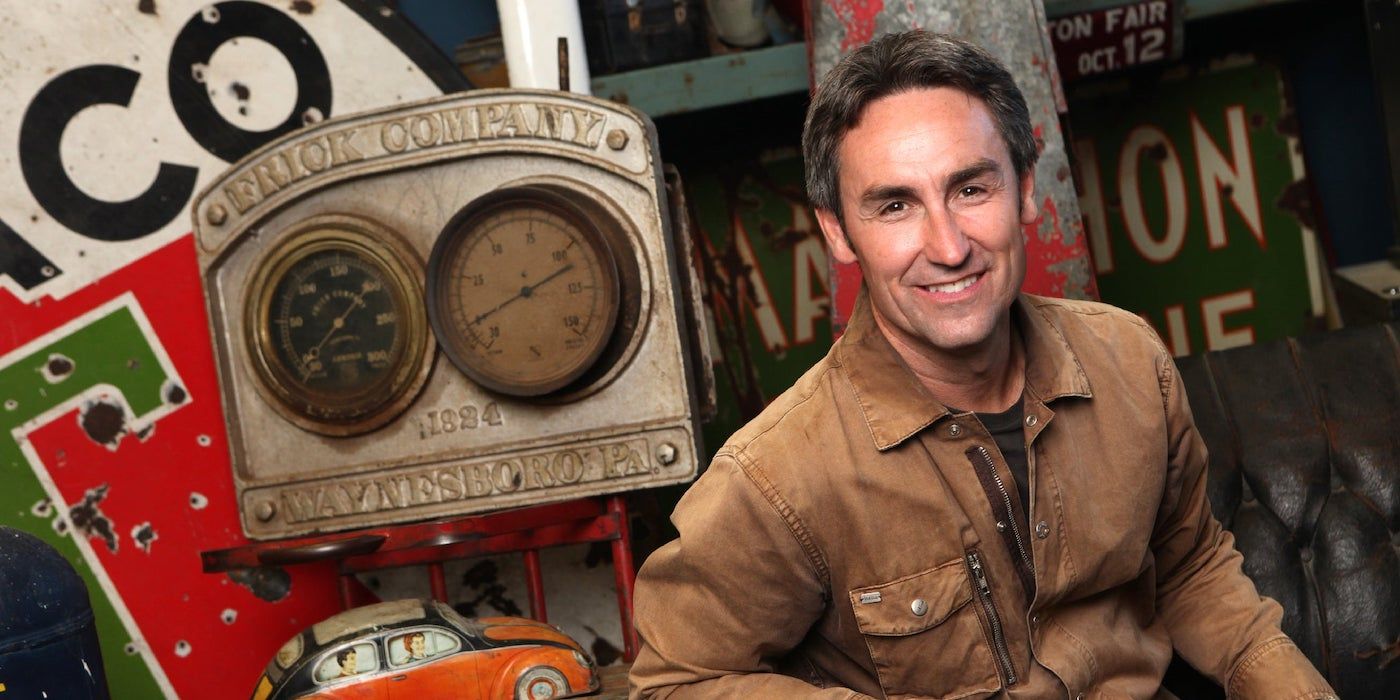In Latin America, consumers are shopping less on impulse

A consumer with an increasingly strategic vision, active stance, and fewer impulse decisions. That is the Latin American consumer’s profile, according to the “Pulso Latam” study carried out by the consultancy BMC Innovation. The consultancy surveyed 6,000 consumers in Brazil, Mexico, Argentina, Colombia, Peru, and Chile between March and May 2024 to get insights into consumer behavior and the region’s economic and social context.
Among the group of six countries, more than half of the respondents indicated they resort to cheaper brands when buying food (53%) and cleaning products (52%). The proportion is also high for personal care items (45%), but less frequent for non-alcoholic beverages (26%), clothing (26%), and electronic products (17%). Promotions are also widespread and frequently used in the following categories: food (43%); cleaning products (37%); and personal care items (38%).
“Consumers have gained an active role in purchasing strategy. The buying experience is much more segmented and hybrid than it was before. Impulse buying was much more constant and important than it is today. That means the end of impulse consumption,” said BMC’s director in Brazil, Rafael Pelosini. Founded in Argentina, BMC is a consultancy with six units worldwide and a presence in the United States, Europe, and Latin America.
Adherence to certain behaviors varies according to each country and the type of product. In food consumption, choosing more affordable brands was cited by 13.8% of respondents in Peru and 14.1% in Mexico. Argentina was the country with the highest percentage (19.3%).
Consumers are also adjusting their consumption volume: 19.7% of respondents in Argentina said they buy fewer quantities of food. The criterion had the lowest proportion in Peru (14.8%) among the surveyed countries.
In apparel purchases, for example, Mexico had the highest proportion of using the purchase method with lower frequency (19.9%), followed by Peru (18.1%), Brazil (17.1%), Colombia (15.9%), Argentina (15.6%), and Chile (13.4%). In this category, adjusting the volume (to a smaller quantity) was cited by 18.8% of consumers in Peru and 15.2% in Brazil.
“Our research data show that consumers are adopting more rational and planned strategies. There are different ways to handle limited budgets,” Mr. Pelosini notes.
While impulse loses ground in purchase decisions, consumption remains a kind of “social validator,” he argued, where consumerism is necessary to assert oneself in society. “We have more obvious examples, such as smartphones, but there are also small purchases that ensure social validation. That also highlights another aspect we see, which is reliance on credit and indebtedness,” Mr. Pelosini pointed out.
In Brazil, for example, eight out of ten households have debts to settle, according to data from the National Confederation of Commerce in Goods, Services, and Tourism (CNC).
In this scenario of indebtedness, the concept of “affordvaluity” gains relevance, according to Gonzalo Fonseca, director of BMC Innovation Latam. The expression combines the words “affordability,” and “value.”
“Historically, in mass consumption, we address affordability, which is the ability to make products affordable to consumers. However, consumers also want to perceive value in what they acquire. If a company can combine affordability with brand value, it builds what we call ‘affordvaluity.’ It [a product] doesn’t always need to have a very low price to win over consumers,” said the BMC director, Gonzalo Fonseca.
At the age of 45, dentist and firefighter Karina Maltone Monteagudo has an income she considers high, yet still notices price increases, whether at the supermarket or in beauty items, clothes, and shoes, for example.
Her profile for food purchases was maintained. But in cases where the price is far from standard, Ms. Monteagudo chooses not to spend; she switches brands or postpones consumption. In clothing, she decided to swap for cheaper brands to cope with price hikes. “I value my money. I’m not stingy, but I don’t splurge either,” she said. “Before, I’d walk into any pharmacy and pick a face cream, for example. Today I go into two or three pharmacies to seek a better price. That’s the difference,” she explained.
In the case of clothes and shoes, Ms. Monteagudo says she doesn’t see herself as a consumerist person, but even so, she decided to switch some brands to save. “We see a change in the price level. Therefore, I changed the profile of stores I shop at, like for gym clothes,” she pointed out.
Related
‘American Pickers’ Star Mike Wolfe’s Antiques Shop Faces Backlash for…
American Pickers host Mike Wolfe has recently come under fire, and it has to do with his antiques store, Antique Archaeology, in Nashville. The U.S. Sun has re
S.Coups’ Favorite K-Beauty Brand Is Now Available in America: Shop…
The SEVENTEEN star was announced as the brand ambassador for the skincare brand last year.
The trade war is here. You’ll notice it at the…
Canadians' pocketbooks will likely be the victim of a prolonged trade war with the U.S., with the prices on consumer goods potentially rising over the next week
American booze taken off shelves and stacked in shopping carts…
Open this photo in gallery:A staff member removes bottles of U.S. alcohol from the shelves of a Liquor Control Board of Ontario (LCBO) store, as part of retalia












